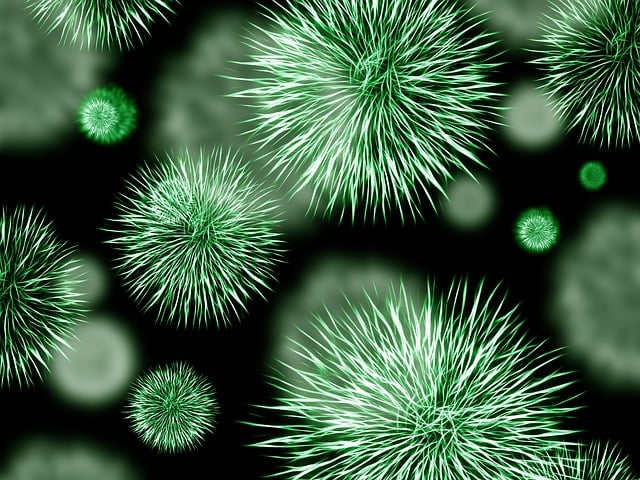Summary
The current COVID-19 outbreak has spread rapidly on a global scale. While the transmission of SARS-CoV-2 through human respiratory droplets and direct contact is clear, the potential for aerosol transmission is poorly understood.
This study investigated the aerodynamic nature of SARS-CoV-2 by measuring viral RNA in aerosols in different areas of two Wuhan hospitals during the COVID-19 outbreak in February and March 2020.
Aerosol SARS-CoV-2 RNA concentrations detected in isolation rooms and ventilated patient rooms were very low , but were elevated in patient bathroom areas .
Airborne SARS-CoV-2 RNA levels in most public areas were undetectable, except in two areas prone to crowding , possibly due to infected carriers in the crowd.
We found that some medical staff areas initially had high concentrations of viral RNA with aerosol size distributions showing peaks in submicron and/or supermicron regions, but these levels were reduced to undetectable levels after implementation of rigorous disinfection procedures .
Although we have not established the infectivity of the virus detected in these hospital areas, we propose that SARS-CoV-2 can be transmitted through aerosols.
Our results indicate that room ventilation, open space, disinfection of protective clothing, and proper use and disinfection of bathing areas can effectively limit the concentration of SARS-CoV-2 RNA in aerosols.
Future work should explore the infectivity of the aerosolized virus.
The results of this study provide the first real-world investigation into the aerodynamic characteristics of SARS-CoV-2 in the air in Wuhan implemented with strict quarantine and travel restrictions during the peak of the COVID-19 outbreak.
The findings suggested that toilet use and crowd gathering with COVID-19-infected individuals are non-negligible sources of airborne SARS-CoV-2, although their infectivity is unknown.
We also proposed a SARS-CoV-2 aerosol transmission pathway that is mediated by surface deposition and resuspension from medical personnel’s protective clothing and surface floor.
The results of this study have important implications for public health prevention and the protection of medical personnel.
We call for particular attention to: 1) Ventilation and sterilization of toilets as a possible source of spread of the virus. 2) Personal protective measures for the general public, such as wearing masks and avoiding crowds to reduce the risk of exposure to airborne viruses. 3) Effective disinfection of the high-risk area in the hospital to limit the transmission of SARS-CoV-2 in the air and protect medical staff. 4) The effectiveness of the large environment with natural ventilation in limiting aerosol transmission of SARS-CoV-2 when transitioned to the field hospital for patient quarantine and treatment. 5) Surface disinfection of clothing before removal to help reduce the potential risk of infection to medical personnel. |
















